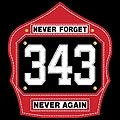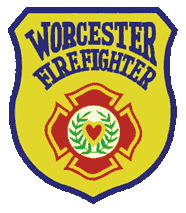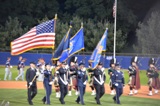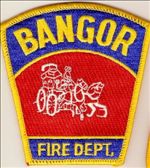So, if you’re awake and breathing, you’re probably aware that there is an outbreak of a swine flu that seems to be aggressive and contagious. But before you duct tape your doors and windows, let’s think about what this mean to us as EMS providers.
While most types of influenza virus are carried in the guts of birds (ducks in particular), some live in swine (and regularly cause outbreaks of flu in swine). Swine flu is typically only spread to individuals who work closely with pigs, and is not particularly contagious. However, outbreaks of swine flu in humans can happen and this version (an Influenza A H1N1, which is the way of naming the flu by type and protein subtypes) appears to spread from person to person. Swine flu outbreaks tend to happen in 11-year cycles because of shifting in antigens and major swine flu types appear to be recycled about every 50 years. The most significant outbreak in recent memory occurred in 1918. This current strain appears to have a high death rate in younger, otherwise healthy people who would normally not be particularly ill from flu.
This flu presents like most typical flu: fever, chills, muscle aches, cough, fatigue, and sore throat, although there are some variants. Since we’re getting near to the end of our flu season locally, any case that occurs now should raise red flags about the possibility of swine flu.
So, what should you do to protect yourself and patients? Really, what we do shouldn’t be different from what we normally do during flu season, but there is a certain laxity in the healthcare realm about preventing disease transmission, so here are some reminders:
-Be suspicious of any call for respiratory distress, cough, fever, or chills
-Follow your agency’s policy for airborne disease transmission prevention. If you’re not sure of what this is, the CDC recommends use of facemasks (devices that are FDA approved as medical facemasks) if you must be in a crowded environment with an individual who may have Swine Flu. If you must be close to a patient, use a NIOSH approved respirator with N95 filtering or above.
-Try to distance yourself (> 2 meters) from ill people.
-Wear gloves
-Wash or disinfect your hands and stethoscope thoroughly after patient contact and do not touch your mouth or nose.
Remember, We Help People. But we can only do that by protecting ourselves.
Resources:
http://www.cdc.gov/swineflu/masks.htm
http://www.haverford.edu/biology/edwards/disease/viral_essays/warnervirus.htm
http://www.cdc.gov/swineflu/?s_cid=swineFlu_outbreak_internal_001

.jpg)











